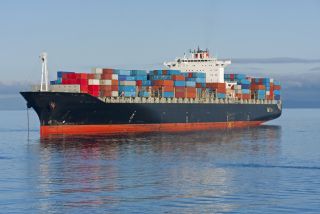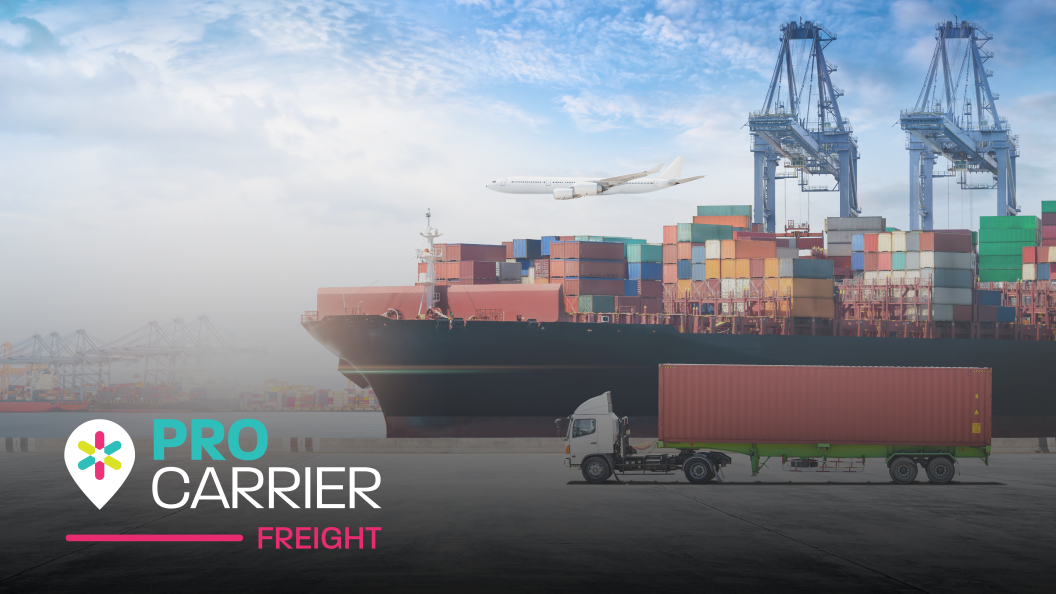Table of contents
Topic of the week:
The Coalition for Reimagined Mobility (Remo) is a Washington, DC, based global initiative seeking to shape policies and ideas in the U.S. and Europe that provide more efficient, sustainable and equitable transportation systems when it comes to moving both people and goods.
ReMo has released a report highlighting the importance of the freight sector investing in digital infrastructure and adopting open freight data exchange standards. According to the report, prioritizing the development of open freight data exchange standards would help global supply chains become more resilient and provide greater efficiency.
The report argues that the use of open, vendor-neutral, API-enabled data exchange standards for multimodal freight would form the basis for developing suitable data sharing across the freight sector.
By adopting such standards, businesses may be able to drive down costs and mitigate future disruptions. This can be done through improving supply chain resilience, as well as being supported by the circulation of information between freight stakeholders in a timely and accurate manner. The report titled “The Importance of Data Standards and Interoperability in Global Supply Chains” emphasizes that such an approach could reduce emissions and pollution by 22% and costs by 6%.
“The technology exists today to standardize near real-time data exchange in the global freight sector, but it is hampered by outdated, nonstandard communication methods,” said ReMo’s Executive Director, Christine Weydig. “This new brief aims to bridge the knowledge gap in the freight sector about how data standards work, why they matter, and how to create future-focused data exchange systems that level the playing field and improve operational efficiencies for the whole industry.”
ReMo’s forthcoming brief titled “Best Practices for Freight Data Standards Development,” will analyze the experience gained from the creation and adoption of standards in the transportation sector. The report will offer practical advice to policymakers and freight stakeholders.
Sea:
- Freightos data suggests that China/East Asia to North America West Coast rates have decreased by 0.9% over the last week sitting at $1006, while China/East Asia to North America East Coast sit at $2097.
- Global container spot prices have decreased slightly over the last week moving from $1492 to $1481 at the end of March, an 84% decrease from March 2022 rates, according to the Freightos Baltic Index (FBX)
- However, China/East Asia to North Europe spot rates have increased by 0.7% over the last week now remaining at $1344 says (FBX)
- A new report from industry expert John McCown suggests that despite the expected decline in quarterly profit margins, he anticipates that the industry will still remain profitable. The estimated net income for 2023 is $43.2billion, which is in turn an 80% decrease from 2022 which sat at $215billion.
- Carriers are now taking advantage of tighter capacity management and are launching programmes to restore rates within the coming weeks, as an end to rate erosion is on the horizon.
- In an attempt to mitigate the effects of rising fuel costs shipping lines are increasing BAFs, meaning that shippers could expect to see bunker surcharges increase too.

Air:
- The Freightos Air Index (FAX) shows global freight rates have declined now reaching 2.99 US$/kg all-in
- FBX shows that Europe to Asia, Greater China rates are following the trend declining 2.47 US$/kg
- Europe to Northern America rates have increased from 2.72 US$/kg sitting at 2.88US$/kg as of April 2nd
- The largest rate increase from last week was for Europe to Americas, Latin & Caribbean, now at 3.88 US$/kg
- Just as sea freight capacity is starting to fill up again, there are signs that air freight capacity could be looking up as Maersk Air is confident in rolling out two new China – US routings just a few weeks after its newest China – EU routing. These routings are expected to become thrice-weekly as they state that “with the introduction of these new routes, we are further connecting North America and Asia-Pacific through regular flights and controlled capacity for our customers.”

That's all for this week's update...
Check out our other insights and articles for more in depth industry news and trending topics, or get in contact to discuss some of our best in class freight forwarding services!
Contact us here.


